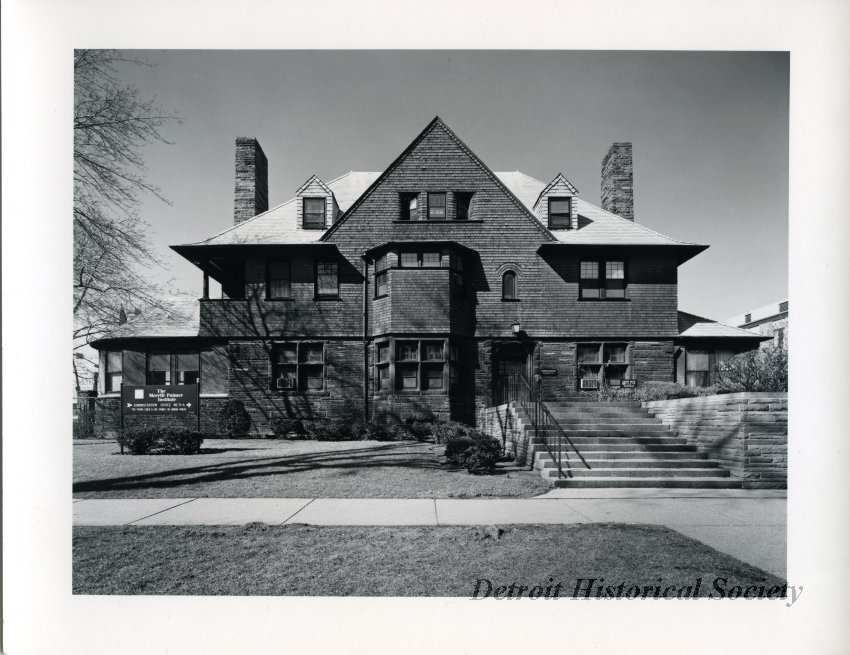Born in Kingston, New York on February 25, 1854, Freer was a successful railroad car manufacturer and art collector. Freer began working at age 14 after the death of his mother. His first job was in a cement factory, and later worked at the Kingston General Store. While there he was noticed by Colonel Frank Hecker who hired Freer. Colonel Hecker was a railroad supervisor, and moved to Detroit in 1880, where the two founded the Peninsular Car Works, a railroad car manufactory. Freer was appointed treasurer and eventually moved up to the position of vice president. The Peninsular shops were on Ferry Street, between Riopelle and Dequindre streets at the Detroit and Milwaukee Railroad junction. In addition to cars, Peninsular made wheels and axles for both cars and locomotives.
In 1892, Peninsular merged with the Michigan Car Company, becoming the Michigan-Peninsular Car Company, with Freer and Hecker buying out the original investors. Freer orchestrated the merger of a dozen additional companies, becoming extremely wealthy in the process. He was able to retire in 1899 at the age of 45 by selling his stock. Freer then turned his attention towards his passion of collecting art. Freer hired Philadelphia architect Wilson Eyre Jr. and artists Dwight William Tryon and Thomas Wilmer Dewing to create a home that would reflect his means and taste, with interior designed with the art collection in mind. Freer’s home, completed in 1892, is located at 71 East Ferry Avenue in Detroit.
In the late 1880s, Freer began to actively collect paintings and works on paper by James McNeill Whistler, an American expatriate. Freer collected more than 1000 works by Whistler, who introduced Freer to Asian art. He amassed a great number of pieces on his travels through the Middle and Far East, and turned to Eyre to design additions in which to display his art, one of them featuring a Pewabic tile hearth. The house has been home to what is now the Merrill Palmer Skillman Institute since 1920.
Freer’s collection was given to the nation after he felt that it should be shared with the public, and it became the beginning of the Smithsonian’s Freer Gallery of Art. The million-dollar project was paid entirely by Freer. Completion was delayed by World War I, and the gallery was not opened until 1923.
Freer passed away on September 25, 1919.
